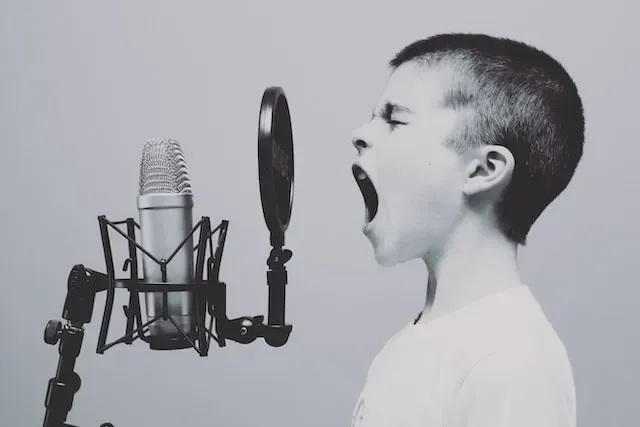
Voice Therapy
Learn more about voice therapy, its techniques, benefits, and how to apply it to clients with voice-related conditions.
Get carepatron free
Commonly asked questions
The following are the most effective voice therapy exercises that patients can do beyond the four walls of their therapist's office: vocal, breathing, and function. Practicing good vocal hygiene and vocal relaxation techniques are additional exercises that patients can do anytime, anywhere.
Some of the limitations of voice therapy are that it varies greatly from one person to another and may not fully address the voice disorder, especially if caused by a particular medical condition. Certified therapists are also hard to come by, and insurance may not cover sessions.
Yes, voice therapy is suitable for children. However, it's important to note that the referring physician must adjust the exercises and techniques, considering the patient's age, condition, etc.







